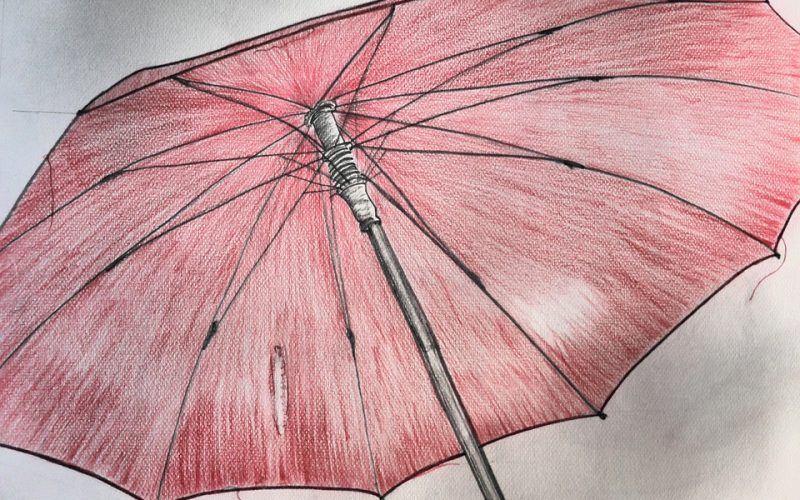Ceramic art represents one of humanity's oldest and most enduring forms of creative expression. From the earliest functional pots to intricate modern sculptures, the manipulation of clay has served both practical needs and artistic desires. Across continents and millennia, cultures have developed unique styles and techniques, turning simple earth into objects of profound beauty and cultural significance. The story of ceramics is a story of innovation, trade, and the human impulse to decorate the everyday. This journey through its history reveals how function and artistry have been intertwined from the very beginning.
The dawn of pottery and early decoration
The origins of ceramics can be traced back to the Palaeolithic era, with the earliest known objects dating back around 29,000 years. These initial creations were often figurines rather than vessels. It was with the Neolithic Revolution and the advent of agriculture that pottery vessels became essential. Early humans needed containers to store grain, carry water, and cook food. The first decorative efforts were simple yet effective. Potters would incise patterns into the wet clay using their fingers, sharp sticks, or woven baskets pressed against the surface to create texture. These rudimentary marks were the first steps in transforming a purely functional item into an object of personal and cultural expression.
Ancient civilisations and painted narratives
As societies became more complex, so did their ceramic art. The ancient Greeks are renowned for their vase painting, which evolved through distinct periods, from the geometric patterns of the early Iron Age to the sophisticated black-figure and red-figure techniques. These vessels were not just containers; they were canvases that depicted mythological tales, heroic deeds, and scenes of daily life, offering invaluable insights into their culture. Similarly, in ancient China, pottery was elevated to a high art form. The artisans of the Tang Dynasty developed the famous Sancai (three-colour) glazes, creating vibrant and expressive wares, while the subsequent Song Dynasty became celebrated for its elegant and refined celadon glazes, prised for their jade-like quality.
Islamic innovations and the spread of techniques
The Islamic world made significant contributions to ceramic technology and artistry from the 9th century onwards. Potters in regions like Persia, Egypt, and Syria were masters of glazing. They developed lusterware, a technique involving a metallic glaze that gave pottery a shimmering, iridescent surface. Another key innovation was tin-glazing, which created an opaque white surface perfect for painting intricate designs with colourful pigments. These techniques spread through trade routes, influencing ceramic production in Moorish Spain and eventually reaching Italy, where they laid the groundwork for the magnificent maiolica of the Renaissance. This exchange of knowledge demonstrates how interconnected the world of ceramics has always been.
The industrial revolution and mass production
The 18th century brought about a dramatic shift in ceramic production with the onset of the Industrial Revolution in Europe. The demand for fashionable tableware from a growing middle class spurred innovation. In England, Josiah Wedgwood pioneered new factory methods and developed materials like jasperware and creamware. This era also saw the invention of transfer printing. This technique allowed complex designs, previously painted by hand, to be engraved onto a copper plate, inked, and transferred to the pottery via a special tissue. This process revolutionised the industry, making decorated ceramics more accessible and affordable than ever before.
Modern approaches and the rise of transfers
The principles behind 18th-century transfer printing have evolved but remain highly relevant in contemporary ceramic decoration. Today, artists and manufacturers use sophisticated screen printed decals, often known as ceramic transfers, to apply detailed and multi-coloured imagery to their work. These transfers are printed with special ceramic pigments and can be applied to glazed or unglazed surfaces before being fired in a kiln, where the design permanently fuses with the piece. This method allows for a level of precision and consistency that is difficult to achieve by hand. A similar process exists for decorating other materials, with glass transfers enabling artists to apply intricate designs to glassware.
Ceramics as a contemporary art form
In the 20th and 21st centuries, the distinction between craft and fine art has blurred. Studio potters and ceramic artists have pushed the boundaries of the medium, moving beyond functional vessels to create powerful sculptures and conceptual installations. Artists like Grayson Perry in the UK and Betty Woodman in the US have used clay to explore themes of identity, society, and history, often combining traditional techniques with contemporary subject matter. They prove that this ancient medium is still a vital and dynamic form of artistic expression, continually being reinvented by new generations of creators. From a humble clay pot to a gallery centrepiece, ceramic art continues to shape and reflect our world.





















